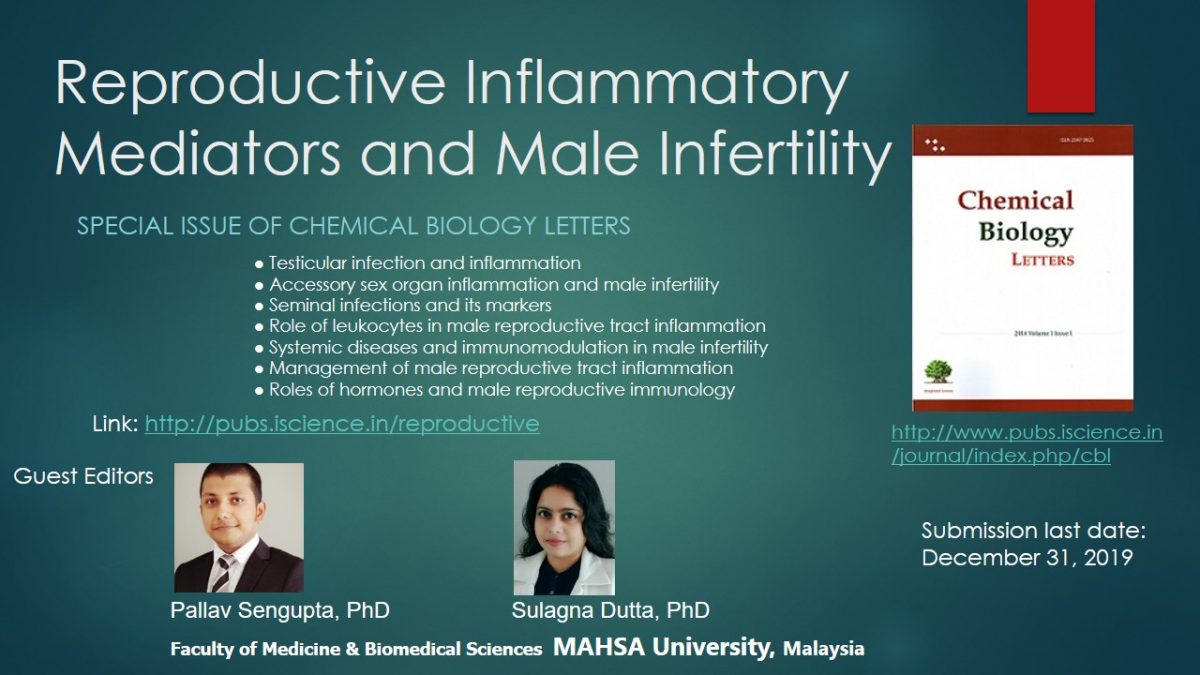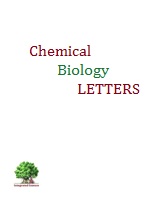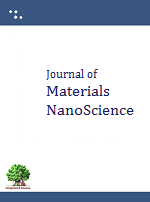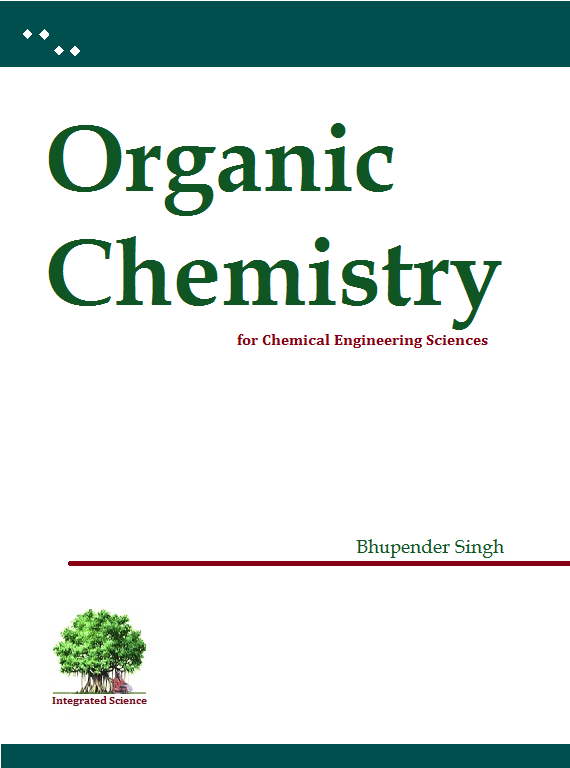Association between male reproductive tract infection and inflammation with male infertility is an extremely debated topic in the arena of Andrology research. Disruption of semen quality in cases of testicular and accessory gland infections, owe to altered spermatogenesis, sperm maturation and/or transport. The impact depends on the intensity, duration of progression, mediators of the inflammatory process and individual susceptibility to the infection. Interactions among the mediators with immunological cells and other regulators affect sperm function and have been reported to be associated with male infertility. However, the issue is still under debate and paves several dimensions of research in this realm.
This special issue aims to summarize the current knowledge on male reproductive tract inflammation and causative agents with its consequences on male reproductive functions. We believe that this issue will broaden the understanding of male reproductive immunology. These observations will definitely help to develop a new diagnostic stand for males suffering from gonadal tract infection and inflammation.
Potential topics include but are not limited to the following:
● Testicular infection and inflammation
● Accessory sex organ inflammation and male infertility
● Seminal infections and its markers
● Role of leukocytes in male reproductive tract inflammation
● Systemic diseases and immunomodulation in male infertility
● Management of male reproductive tract inflammation
● Roles of hormones and male reproductive immunology
Guest Editors:
 | Pallav Sengupta, PhD Department of Physiology Faculty of Medicine & Biomedical Sciences MAHSA University [pallav@mahsa.edu.my; pallav_cu@yahoo.com] |
 | Sulagna Dutta, PhD Department of Physiology Faculty of Dentistry MAHSA University [duttasulagna@mahsa.edu.my; sulagna_dutta11@yahoo.com] |
Submission
Article (Research articles and Review Articles) should be submitted online on the journal site http://www.pubs.iscience.in/journal/index.php/cbl as per author guidelines. Authors need to indicate submission to special issue in cover letter to editor.
| Submission Deadline (extended) | |
| Publication Date | 1st March 2020 |
There is no publication charges for publishing in special issue or in Chemical Biology Letters.















